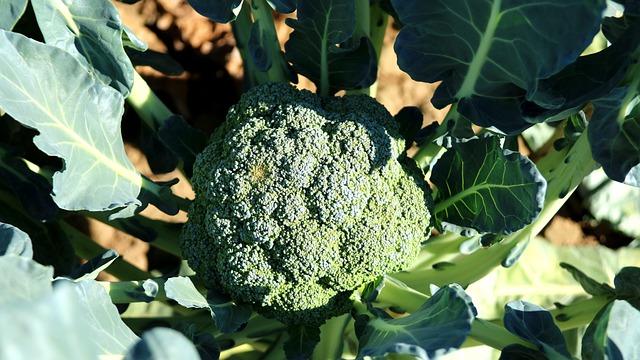Can dogs eat tilapia? Yes, dogs can eat tilapia safely when it is cooked properly and served without bones.
We are going to explore the potential benefits and considerations of including tilapia in a dog’s diet, providing pet owners with the knowledge they need to safely diversify their pet’s meals.
Introduction to Tilapia in a Dog’s Diet
Tilapia, a mild-flavored white fish, is not only popular among humans but also can be a nutritious addition to a dog’s diet.
Rich in protein and essential nutrients, tilapia can be a good source of dietary variety for dogs.
Nutritional Benefits of Tilapia for Dogs
- Rich in Protein: Great source for building and maintaining muscle.
- Low in Fat: Ideal for dogs on a lower-fat diet.
- Contains Essential Nutrients: Provides B vitamins, phosphorus, and selenium which are crucial for health.
How to Safely Prepare Tilapia for Your Dog

- Cook Thoroughly: Ensure the fish is well-cooked to eliminate pathogens.
- No Seasonings or Additives: Prepare plain tilapia without harmful ingredients like onion or garlic.
- Remove All Bones: Always debone the fish to avoid choking or internal damage.
Considerations and Risks of Feeding Fish to Dogs
- Mercury and Other Contaminants: Choose high-quality sources to reduce exposure to contaminants.
- Allergic Reactions: Monitor your dog for any adverse reactions when introducing tilapia.
- Fish Bones: Extremely dangerous and can lead to choking or internal injuries.
Serving Ideas for Tilapia in Your Dog’s Diet
- Mixed with Dog Food: Incorporate flaked, cooked tilapia into regular meals.
- As a Treat: Use small, cooked pieces as occasional treats.
- Homemade Dog Food Ingredient: Employ tilapia as a protein component in DIY dog food recipes, ensuring nutritional balance.
Safe Fish Choices for Your Dog’s Diet
Here are some other fish types that are generally safe and healthy for dogs to eat, in addition to tilapia:
- Salmon – Rich in omega-3 fatty acids and vitamins, salmon is highly beneficial for a dog’s skin and coat health. Always serve cooked, never raw, to avoid parasites.
- Sardines – Small and usually sold canned and boneless, sardines are an excellent source of protein and omega-3s, and they are low in toxins because they are at the bottom of the aquatic food chain.
- Cod – This white fish is a good low-fat protein source and is generally lower in mercury than larger fish.
- Herring – Rich in essential fatty acids, herring promotes a healthy coat and skin and can be served cooked or as a part of high-quality commercial dog foods.
- Flounder – A milder fish that is easy on digestion, suitable for dogs with sensitive stomachs. Cook thoroughly before serving.
Always ensure any fish you serve to your dog is cooked thoroughly without added oils or seasonings and make sure all bones are removed to prevent any risks.
Conclusion
Tilapia can be a safe and nutritious addition to your dog’s diet when prepared correctly.
It provides essential nutrients that can contribute to a healthy and balanced diet.
Always consult with your veterinarian before making any significant changes to your dog’s diet, especially if they have pre-existing health conditions or dietary needs.






